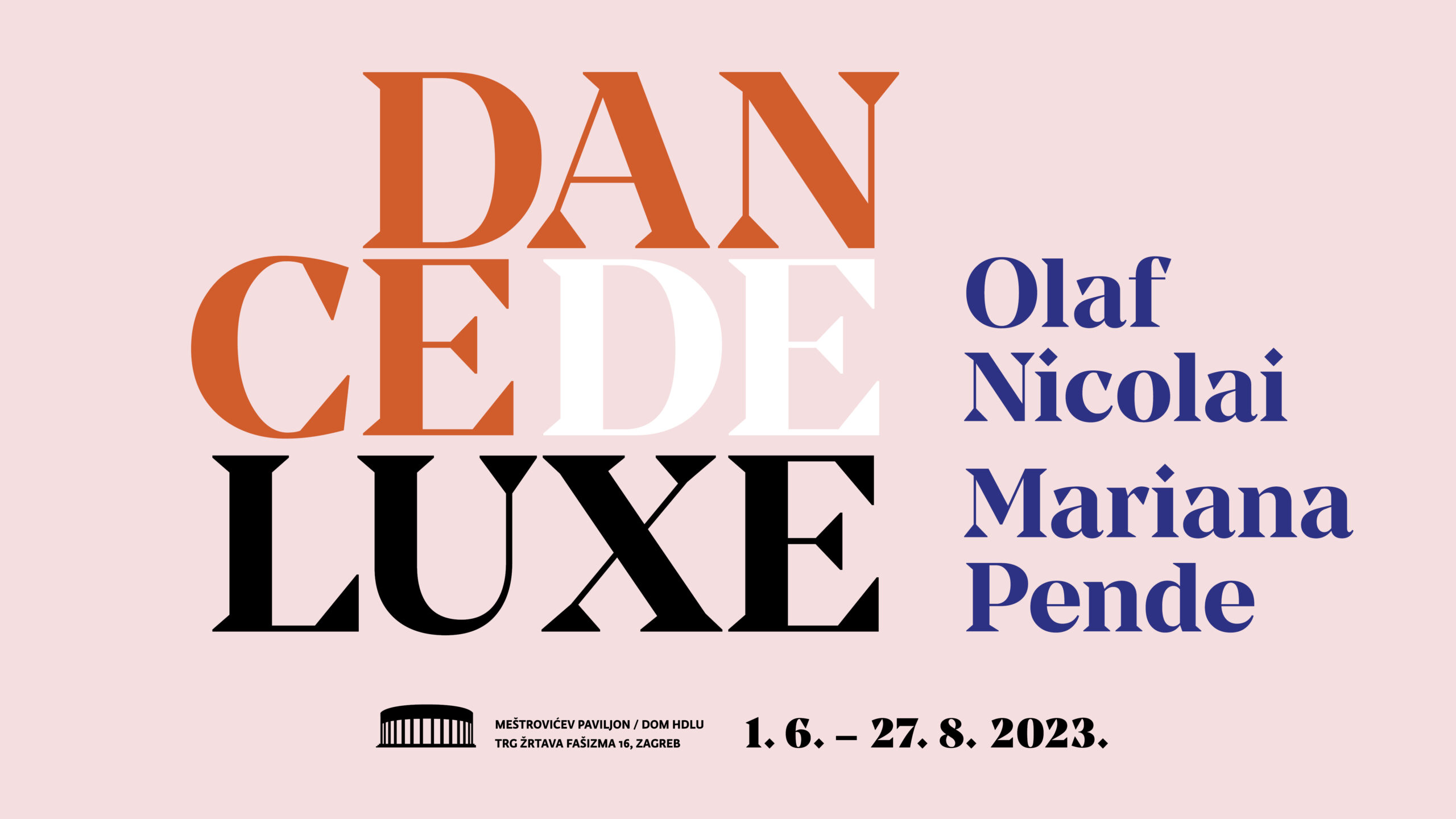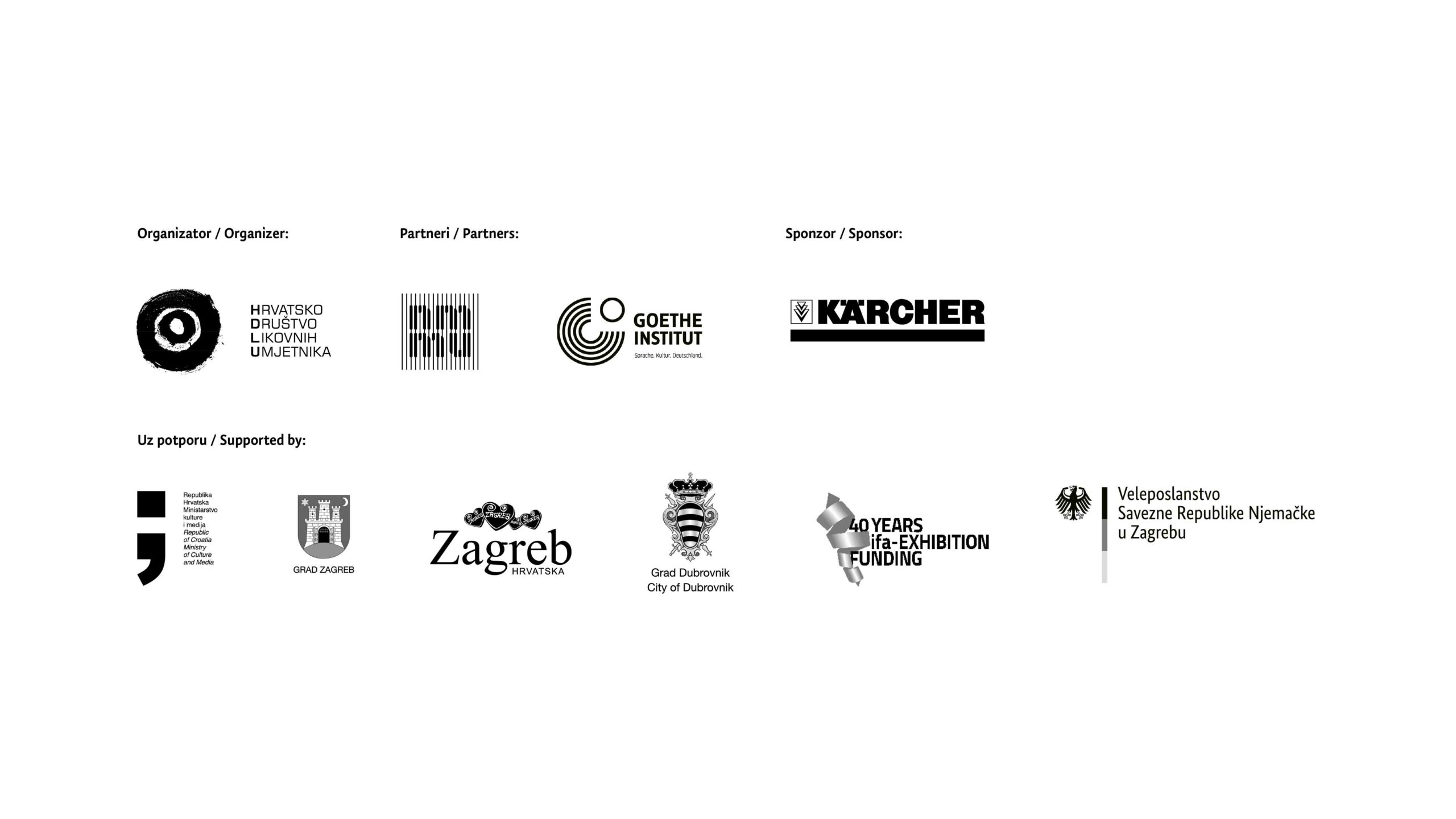DANCE DE LUXE EXHIBITION COMING SOON IN MEŠTROVIĆ PAVILION

Meštrović Pavilion, the Home of Croatian Fine Artists, will open its doors on June 1, 2023, for the Dance de Luxe exhibition, which will turn the Bačva gallery into a “beach” – Zagreb’s refuge from the summer heat, offering a program for all ages.
Internationally recognized Olaf Nicolai (DE) and Dubrovnik artist Mariana Pende (HR) exhibit a collaborative site-specific installation – built especially and only for the Meštrović Pavilion in Zagreb.
Dance de Luxe refers to Danče beach, the only beach in the center of the well-known tourist mecca of Dubrovnik, which, due to its slightly hidden location, known only to local citizens and their closest friends, has remained outside the huge tourist frenzy that characterizes Dubrovnik in the summer. Branko Franceschi, the curator of the exhibition, says that over the years “Danče has become a kind of center for the locals, where generations of citizens hang out and exchange the latest gossip or the verbal history of their town. It is the place where you make or break lifelong friendships, meet or lose your lovers, or simply enjoy life with your family and relatives. Collaborative art project Dance de Lux, mimicking hedonism of the infamous disco era in its title, celebrates Danče’s outdoor social lifestyle and intends to recreate it in the interior of the Bačva Gallery, the most spectacular exhibition space in downtown Zagreb.”
As noted by artist Olaf Nicolai: ” Designed by Ivan Meštrović (1883 -1962) and inaugurated in 1938, the Pavilion is not only an architecturally imposing building – it is also an urbanist statement. It is one of those architectures that create places that cannot be passed through unnoticed – everything is a creative setting that assigns things and people their spots. In his miniatures on urban features from the period in which Meštrović Pavilion was created, the German cultural historian Siegfried Kracauer noted a second, more informal architecture alongside this architecture of planned setting. He speaks of places that come into being slowly through the most diverse undertakings, that change again and again, transforming themselves – and thus resemble rather living landscapes. One such place is one of the oldest bathing beaches in Dubrovnik, Danče, after which a small republic was named.
On his part, Nicolai interprets and translates the complex and organically developed topography of Danče beach for which he says that whoever visits it finds themselves in an area that looks like a large playground made of stone, with a variety of small buildings of variable functions that have been spontaneously created and still seem to be changing. In the exhibition, this informal place meets Meštrović’s monumental pavilion, becoming its guest and a kind of “body snatcher”.
However, the structures and built palimpsests of Danče are not simply transferred to the pavilion. Rather, visitors enter an architectural “blueprint” on and in which they can walk: a plan for the unplanned, a paradox. They encounter both sculptural elements and drawings that are proposals for possible buildings. The space of the pavilion is crossed with another architectural experience and transforms into a place of the imagination of its visitors.
Pende is on the other hand, further developing her experimentations with materials such as graphite, textile, Plexiglas in vivid colours, chromed metal, and, for this occasion, dried sea sponges, creating vertical elements. In fact, her objects of various sizes, shapes, colours, materials, and their combinations, represent temporary structures that are seasonally and daily built by Danče’s concessioners and beachgoers. Exploring usage of the everyday materials in the production of her sculptures and thus contributing continuation of the neo-avant-guard aesthetics, Mariana Pende opens a completely new reference to the local community’s economy when she recycles graphite remnants taken from a once successful TUP factory, transforming material into a fabric made of a completely new, at the same time, artificial and organic material. This recently closed graphite factory was the last active industrial facility in Dubrovnik. Its closure left the city completely dependent on tourism income.
“Dance de Luxe installation continues the history of artist’s made community-minded spaces intended to enrich alienated lives of city dwellers, such as Karin Schneider’s Pomerio Vernicular Children Playground produced in 2008 in Rijeka, Marko Pogačnik litopuncture stone circle on the lake Jarun in Zagreb, or Milena Lah’s monumental marble stairs entitled Poetic Spaces providing scenography for poetry recitals in Maksimir Park since 1981, also in Zagreb. Dance de Luxe, alongside its main programming, thus gives a new life and sense of purpose to already existing public installations created by the previous generations of artists.” – as said by Branko Franceschi, curator of the exhibition and director of the National Museum of Modern Art, partner of the exhibition, on the occasion of the exhibition announcement.
All the information about the exhibition and side program can be found on the exhibition website: dancedeluxe.hr
The exhibition is open from June 1 until August 27 in the Bačva Gallery of the Meštrović pavilion.

Rss feed
Trg žrtava fašizma 16, 10000 Zagreb, Croatia
tel: 385 1 /4611 818 / 4611 819
fax: 4576 831, E-mail: hdlu@hdlu.hr
Trg žrtava fašizma 16, 10000 Zagreb
Tel: 385 1 46 11 818, 385 99 732 6127
E-mail: pm.hdlu@gmail.com
Gallery Barrel, Trg žrtava fašizma 16, Zagreb
tel: 385 1 4811 561, 385 98 982 8989
E-mail: hdlu.hr@gmail.com





